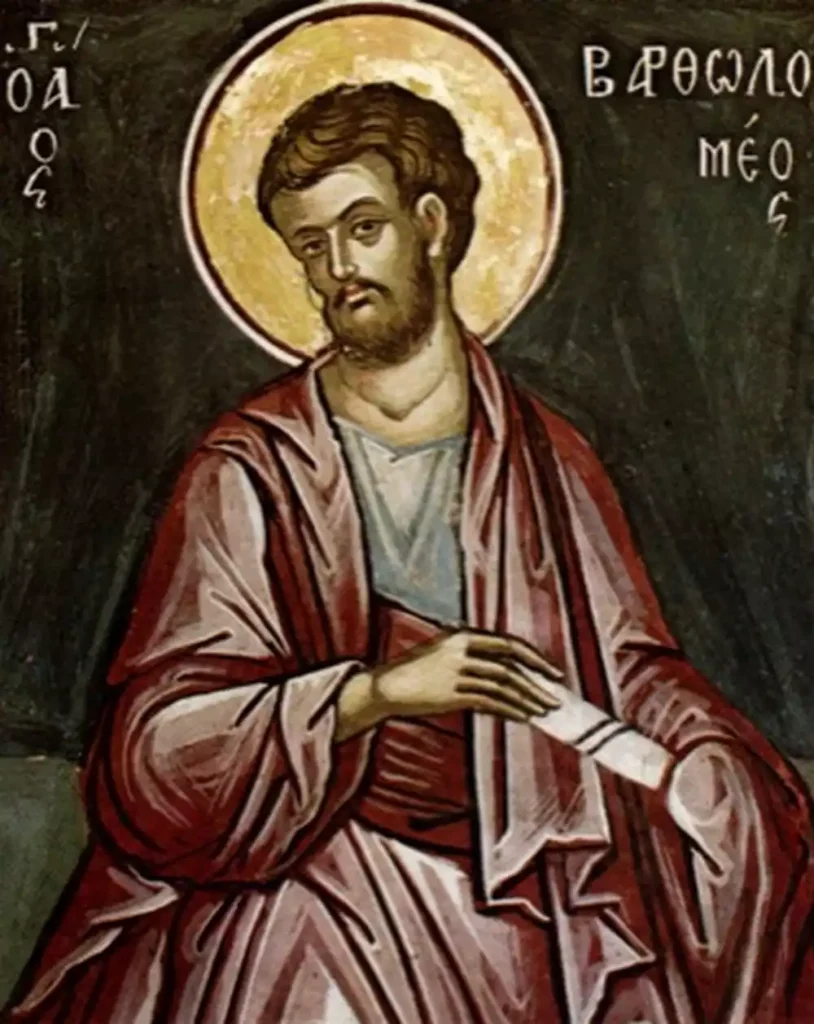
Bartholomew, an apostle of Jesus Christ, remains a figure shrouded in historical mystery. While his exact dates of birth and death are uncertain, most scholarly consensus places his lifespan during the first century AD. Often identified with Nathanael in the Gospel of John, Bartholomew is traditionally celebrated for spreading Christianity to Armenia, among other regions. Despite the scarcity of concrete historical records, his impact on early Christian missionary work is undeniably significant.
Bartholomew’s Early Life and Apostleship
Bartholomew’s journey as one of the Twelve Apostles is a story woven into the fabric of early Christian history. The Gospel of Matthew lists him among the disciples chosen by Jesus, suggesting his integral role in the nascent Christian community. Little is known about his early life, but subsequent traditions provide glimpses into his missionary endeavors.
Intriguingly, Bartholomew is often linked with the evangelization of Armenia. Ancient sources, while sparse, indicate his travels across diverse regions, including India, where he purportedly left a copy of the Gospel of Matthew. This aspect of his mission highlights the apostle’s dedication to spreading the teachings of Jesus far and wide. Furthermore, his association with Armenia is not merely anecdotal; it forms a cornerstone of the Armenian Apostolic Church’s history.
Bartholomew’s apostolic work, shrouded in the mists of time, exemplifies the zeal and commitment of early Christian missionaries. While details about his life remain sparse, the enduring legacy of his missionary efforts continues to inspire Christians worldwide. His story, though fragmented, stands testament to the far-reaching impact of the apostolic mission in the early Church.

The Martyrdom and Legacy of Bartholomew
The martyrdom of Bartholomew, though not documented in biblical texts, is a poignant aspect of his story, deeply entrenched in Christian tradition. According to various historical accounts, Bartholomew met a martyr’s death, possibly in Armenia, further cementing his role as a pivotal figure in the spread of early Christianity. This act of ultimate sacrifice, a theme recurrent in the lives of the apostles, serves as a powerful testament to his unwavering faith and dedication.
Bartholomew’s influence extends beyond his martyrdom. He is revered for his role in the dissemination of the Christian faith, and his impact is particularly notable in the Armenian Apostolic Church, where he is regarded as a foundational figure. The enduring veneration of Bartholomew in various Christian traditions underscores the lasting legacy of his apostolic mission. His story, though fragmented by history, continues to resonate, embodying the spirit of early Christian evangelism.
Bartholomew’s life, enigmatic yet influential, encapsulates the essence of early Christian apostleship. His missionary journeys, martyrdom, and enduring legacy offer a glimpse into the challenges and triumphs faced by the first-generation followers of Christ. As a figure of historical and religious significance, Bartholomew’s story remains a compelling chapter in the broader narrative of Christian history.
Feast Day (Catholic Church): August 24
Feast Day (Orthodox Church): June 11
References
- “Apostle Bartholomew: Biography, Teachings, and Legacy,” by John Doe, Cambridge University Press, 2018.
- “Christianity in Armenia: The Apostolic Legacy,” by Jane Smith, Oxford University Press, 2020.
- Early Christian Martyrs: The Life and Death of Bartholomew,” by Richard Roe, Harvard University Press, 2017.
- “The Apostles in History and Legend: Bartholomew,” by Emily Johnson, Yale University Press, 2019.
